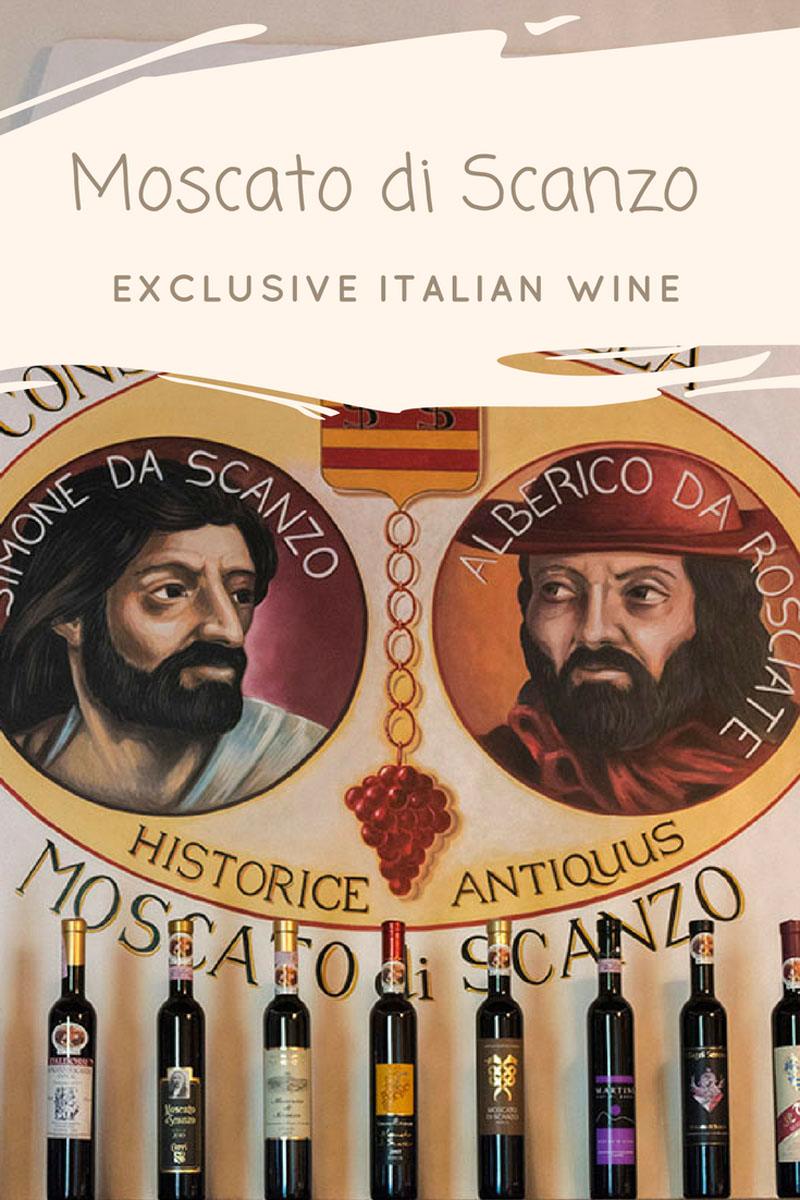This is the first of a series of three posts showcasing five secret foodie locations in the Bergamo province – this article is all about Moscato di Scanzo, a very special wine. All locations are easy to reach from Milan and Bergamo, provided you have a car!
We’ve teamed up with Hertz for this project and got a shiny new Fiat Cinquecento, the ideal car to drive down up the mountains and down the tiny village backroads, yet spacious enough for all our food purchases!
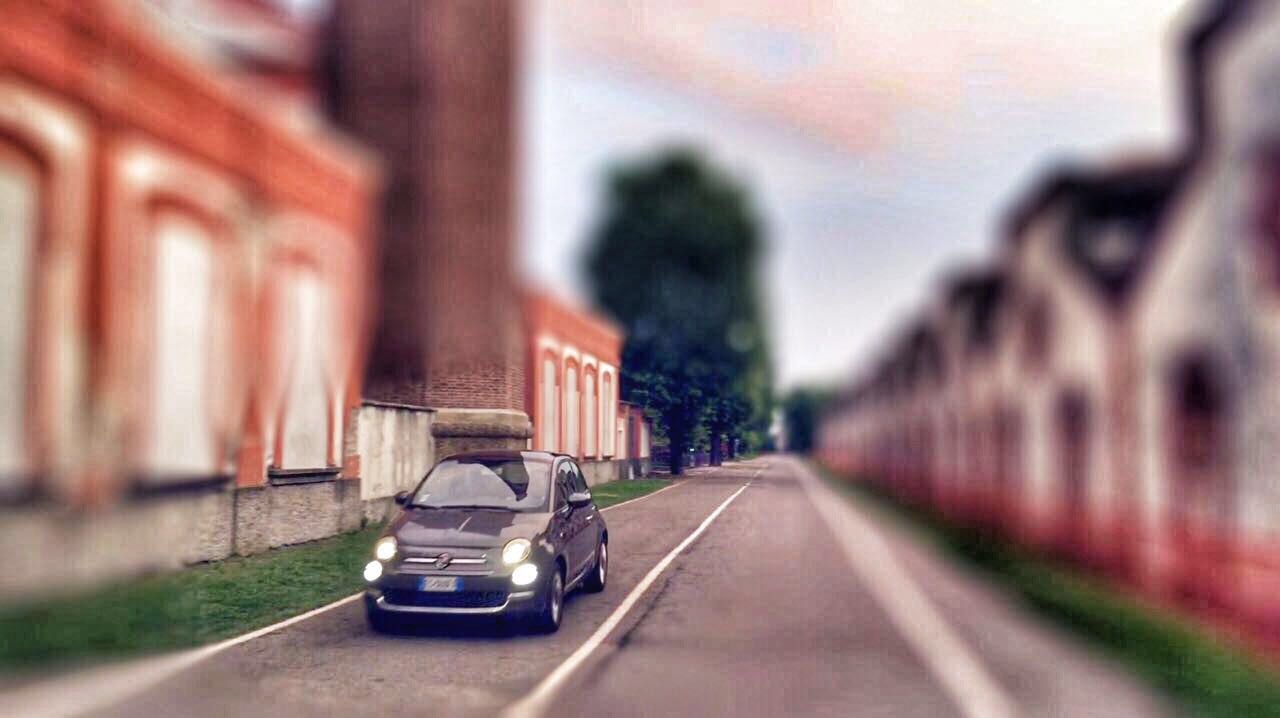
‘My family has been making wine here since 1852’ said Francesca Pagnoncelli. ‘Longer than Italy exists, in fact.’
My husband and I were sitting in the degustation room of the Pagnoncelli Folcieri winery, makers of the unique Moscato di Scanzo wine. The room was covered in frescoes dating back to the 17th century. Leather-bound books, antique mirrors and paintings surrounded by gilded frames completed the picture – this room, and the whole house in fact, had a rich history.
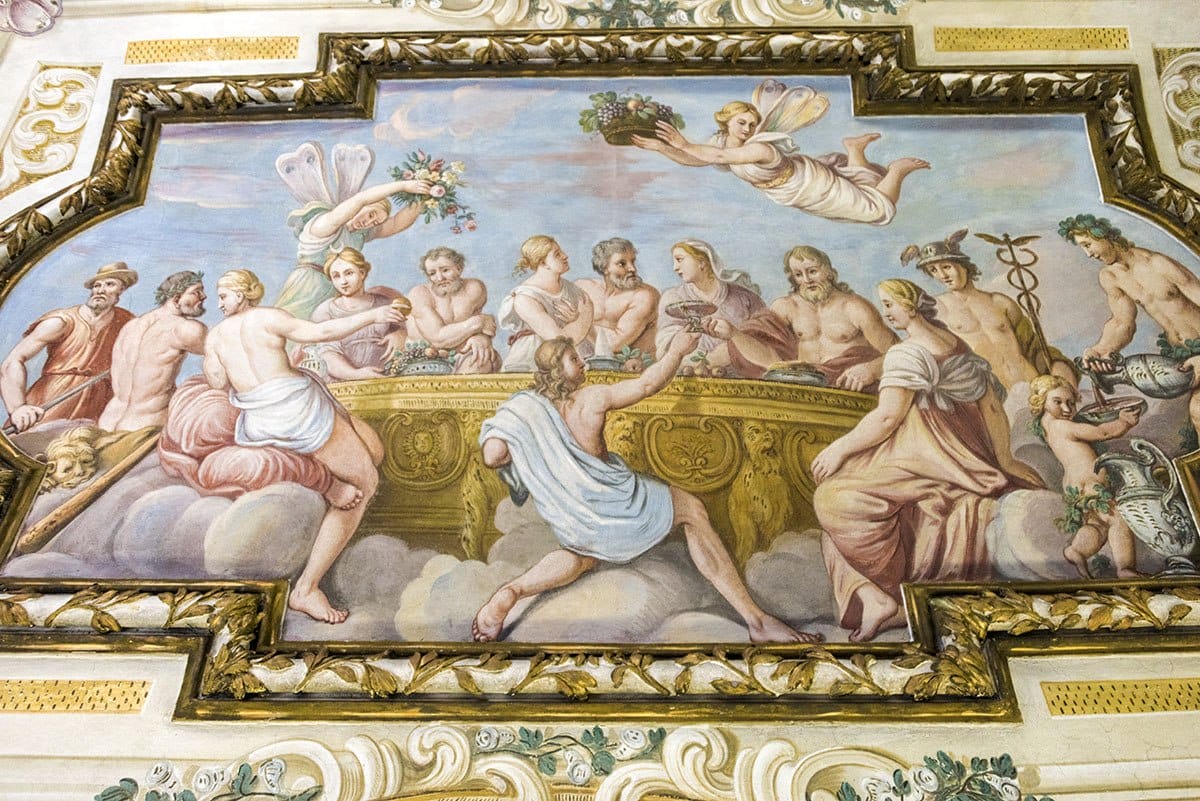
One of the frescos was reproduced on the label of the bottle sitting right in front of me, next to a cognac glass. I was tempted to uncork the bottle, pour it in the glass, swirl it around and get myself ready to sample the complex Moscato bouquet – but I couldn’t possibly do so without knowing the past and present of this unique wine.
Would you like to know more about foodie things to do near Bergamo? Here’s our article about the unforgettable Rifugio Cespedosio, a mountain restaurant near one of Italy’s smallest villages, and here is our complete foodie itinerary around Bergamo province!
Moscato di Scanzo – The Smallest DOP in Italy
Pagnoncelli Folcieri was the first stop of our foodie road trip in the Bergamo province in collaboration with Hertz. The idea was covering 5 off the beaten track foodie locations, over a two-day period.
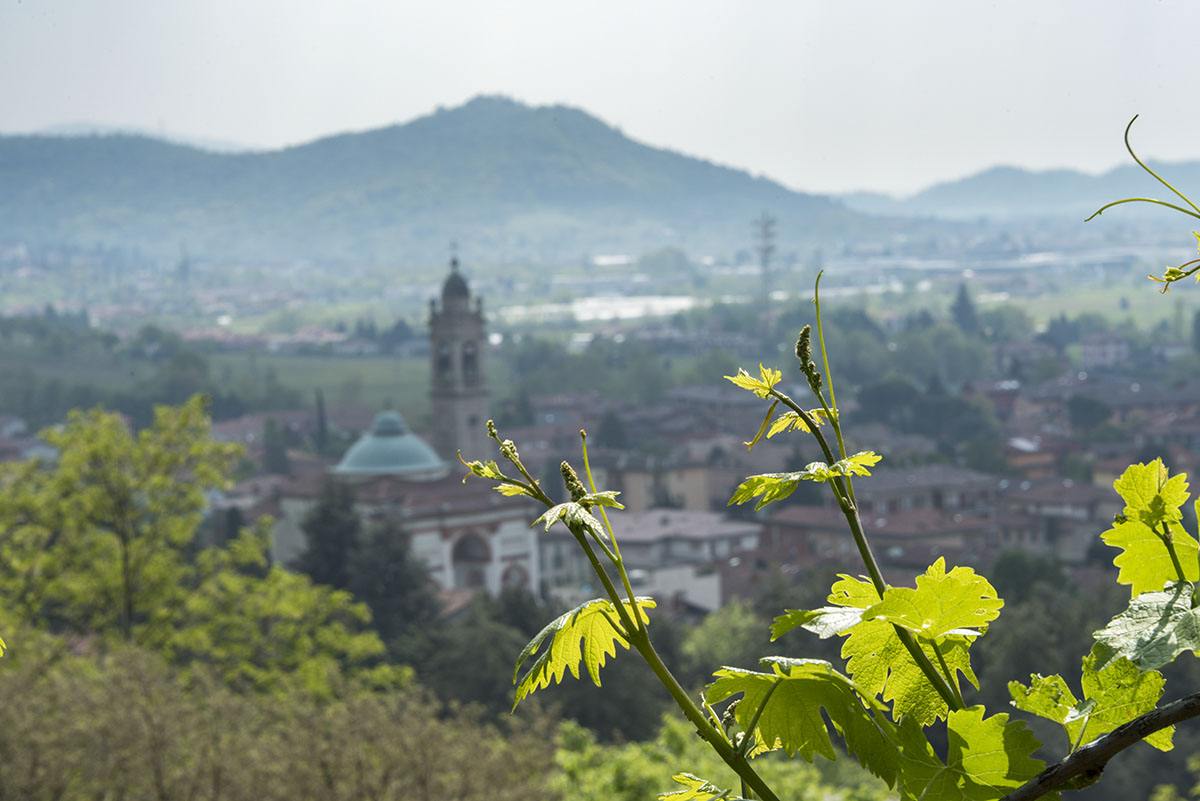
As soon as we started planning the trip, I knew that I wanted to taste Moscato di Scanzo, a ‘meditation wine’ produced only in Scanzorosciate, a small town a stone’s throw from Bergamo and Orio al Serio airport. A friend of mine told me that it was the best wine she had ever tasted – reason enough to include it in our itinerary, I thought.
The Pagnoncelli Folcieri winery may indeed be close to the city, but public transport is unreliable – our Fiat 500 was ideal to navigate Scanzorosciate’s narrow streets leading to the vineyard. We picked our car up from Linate airport, and less than an hour later we were sitting in the fresco-covered room with Francesca, ready to learn all about this unique wine.

Pagnoncelli Folcieri is one of the only 20 producers of Moscato di Scanzo, the smallest DOP in Italy. DOP means Protected Denomination of Origin, the highest tier of Italian wine classifications. Each winery only produces 800 Moscato bottles every year – as you can imagine, the wine is very, very precious.
The History of Moscato di Scanzo
Moscato di Scanzo has a very long history – as Francesca said, ‘it was always known that wine was being made in the region, but no one knew exactly how it was, or why it was so special’. Some reports claim that Moscato di Scanzo was already popular in the courts of Europe in the 18th century, and it was one of the favourite wines of Catherine II of Russia.
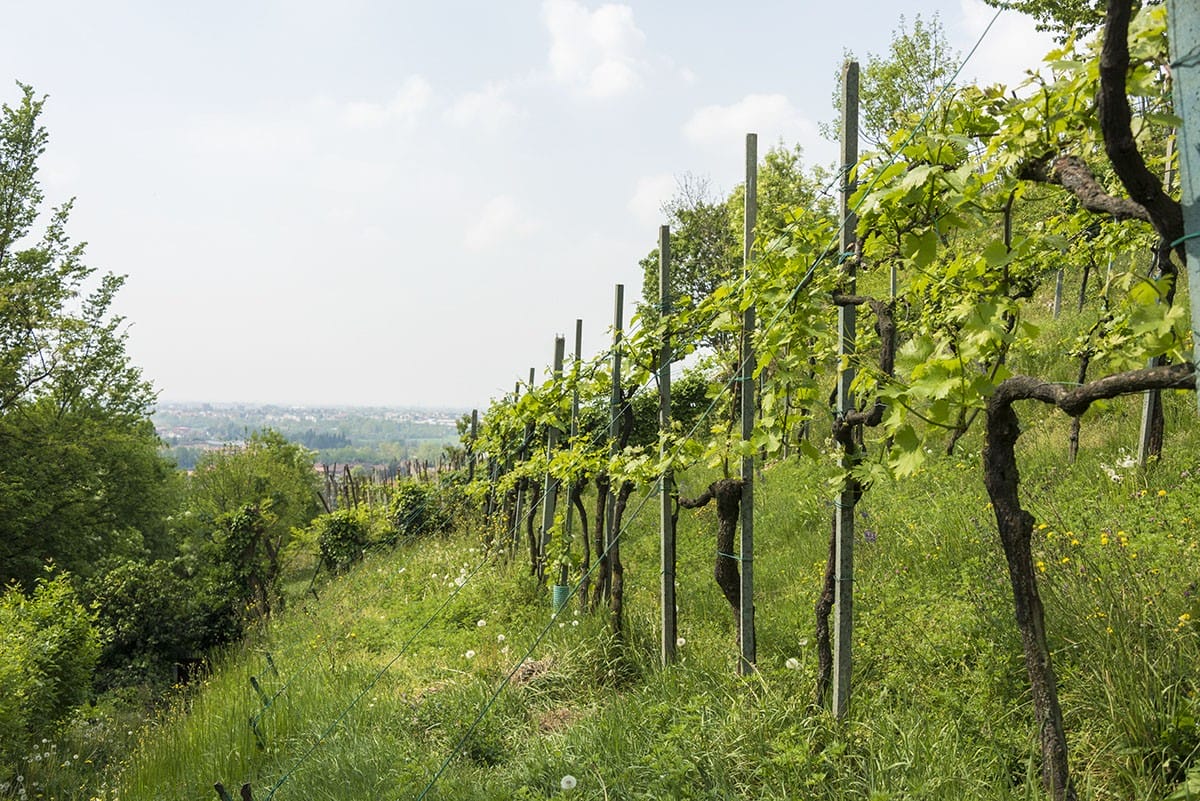
What is known for sure, is that local families made wine for their own consumption for centuries, and little by little they started producing extra to sell or give away to friends. For instance, Pagnoncelli wine was known as ‘the pharmacist’s wine’ – Francesca’s grandfather and father were the town’s pharmacists, and they sold their Moscato in the store. ‘Some say that our wine has balsamic properties, and helps with colds’ added Francesca, smiling.
The Moscato Production Process
Moscato di Scanzo as we know it today was born only after WW2, and it is governed by a strict production protocol. Harvest is in late October, to increase sugar content. After picking, the grapes are sorted – bunches are hand-checked, one by one, and every single grape that ‘doesn’t make the cut’ is removed, for instance when grapes are too ripe, not ripe enough or damaged. Sorting takes weeks of full-time work.
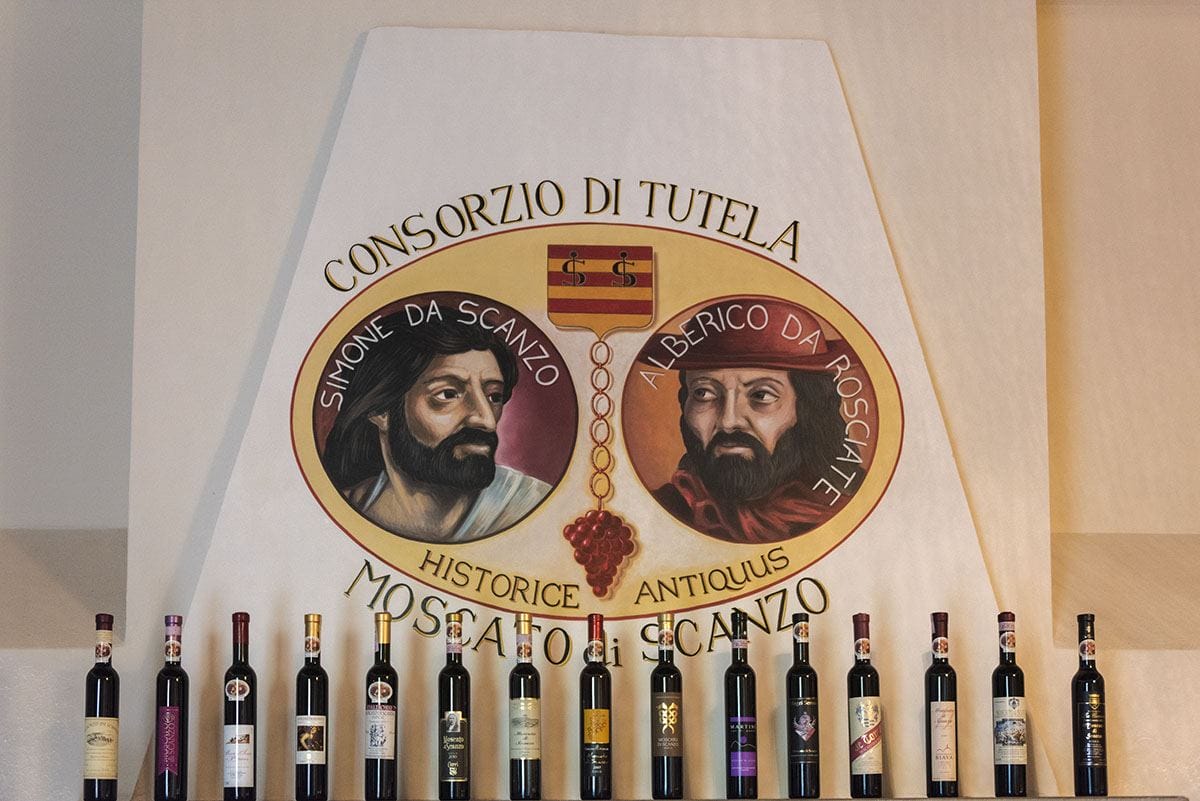
Once the grapes are all sorted, they are laid out to dry on lattices, where they’re left for a further three weeks, until they lose approximately 70 per cent of their original volume. Finally, the grapes are pressed and left to ferment in stainless steel tanks for a minimum of 2 years, even though most producers leave it for longer. For instance, in 2017 Francesca was selling Moscato made in 2013.
I was very surprised to learn that Moscato doesn’t age in oak barrels at all. ‘To understand our wine, you need to know our terroir’ Francesca explained, leading us to her vineyard. Her family’s land is only one hectare, on the steep sides of Monte Bastia, a hill right behind town.
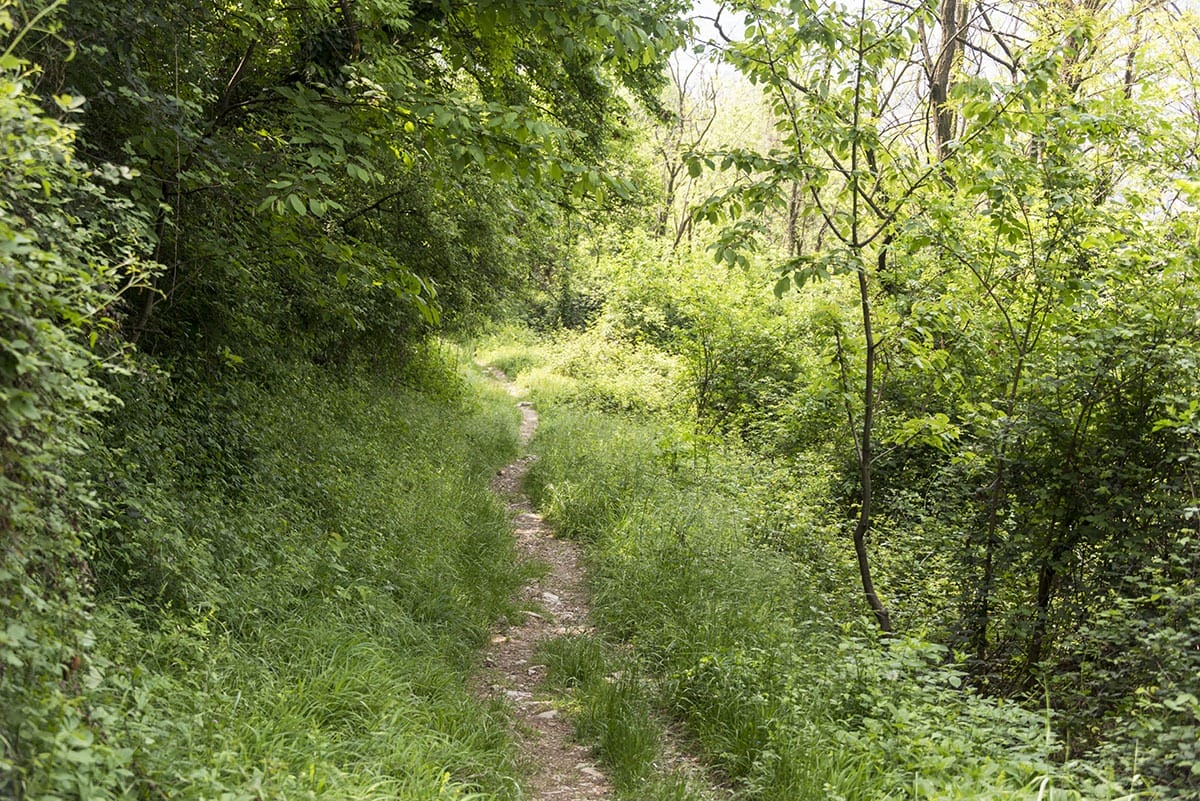
The Moscato di Scanzo Terroir
The hill is too steep for tractors and any kind of machinery besides wheelbarrows, so Francesca and her husband do all the work by hand. The hills surrounding Scanzorosciate are made of a mix of marl and limestone locally called Sass de Luna, meaning moonstone, because of its pale white colour. Sass de Luna holds water as well as heat, releasing it during the night.

This, in addition to the southerly exposure of the vineyards and thermal winds blowing across the valley, make Moscato what it is. The wine is an oddity – red wines with higher alcohol content are usually made in Southern Italy, yet the stone and intensity of sunlight are the reasons why Moscato di Scanzo can be produced in Northern Italy.
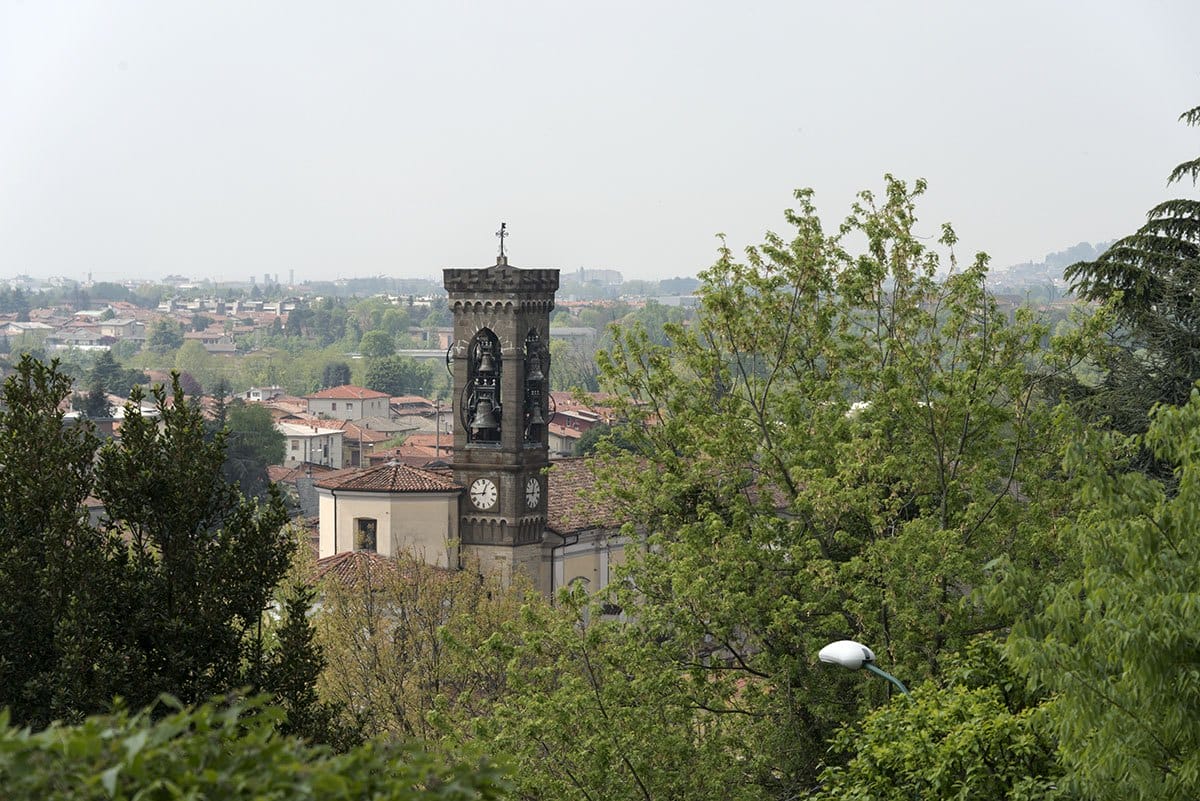
Back into the degustation room, it was time to finally sample the wine. Francesca likes pouring Moscato into cognac glasses to better release the aroma – and believes that the wine is best consumed alone, with no food pairing. ‘It’s a meditation wine, a wine that invites contemplation, to be enjoyed after a meal, in good company and surrounded by beauty’, she explained. I swirled my glass in the light of a sunbeam running across the table. The wine was deep ruby, with dark purple tones and reflections the colour of burnt earth. I lifted the glass to my nose and took a whiff.

Tasting Moscato (finally!)
What can you smell? Francesca asked. Normally, I can only come up with the usual answers – berries, cherry and the like. But Moscato di Scanzo was deeper, more complex and layered than any wine I had ever had. I could smell rain and wet leaves, bourbon vanilla and rosehip, prune and tobacco. Tentatively, I took a sip, and flavours multiplied – so fast that I had a hard time naming them all.
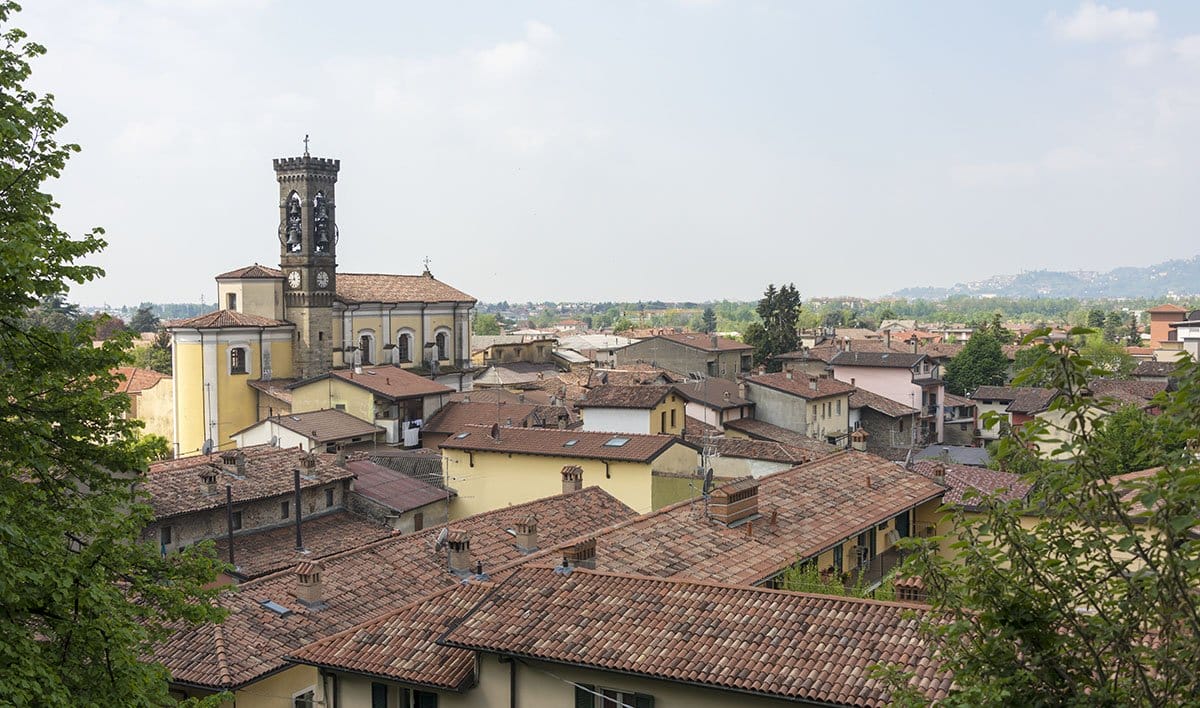
There was frankincense – yes, the smell of church! Francesca said – there was marasca, an Italian kind of sour cherry, hibiscus, black pepper and dark chocolate, and many more. It was like walking into a perfumery and being surrounded by a myriad of captivating scents, so intense you have a hard time separating them all, scents staying with you even after you’ve left. Moscato lingers in your mouth – it’s one of the wines with the most intense caudalie, the unit that measures the persistency of flavours.
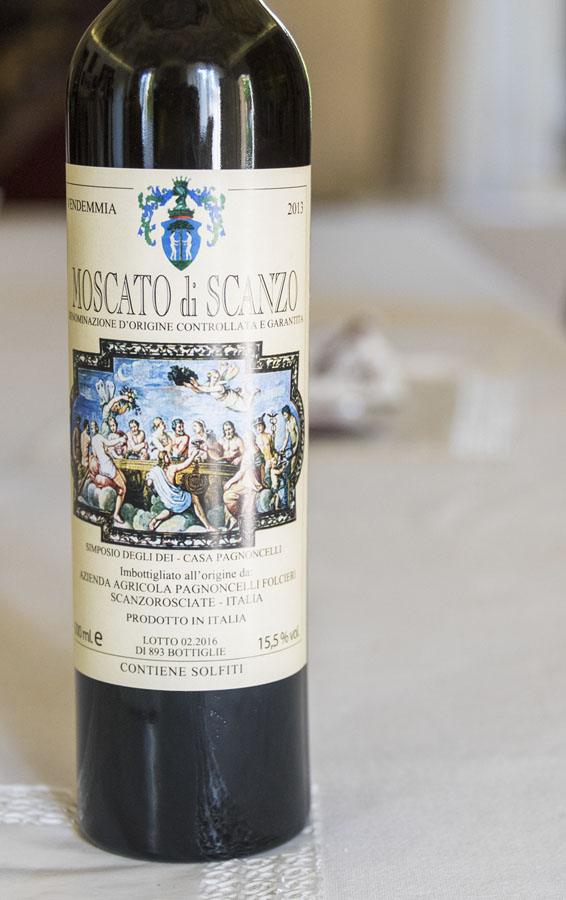
It was then that I understood what Francesca meant by meditation wine. Sampling Moscato is a sensory experience so strong it makes you want to pause and listen – for every sip is the result of decades of family history and months of painstaking work, pruning, pushing wheelbarrows, harvesting and sorting. A wine that speaks of the land, and of the family that is custodian of its secret.
Watch our Moscato di Scanzo video here!
Pin it for later?
